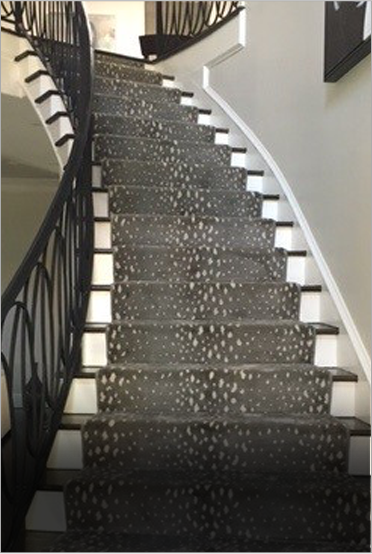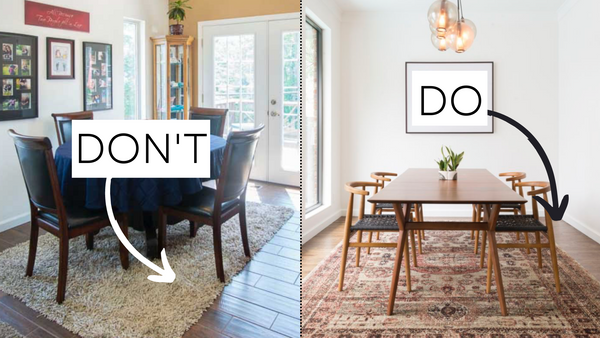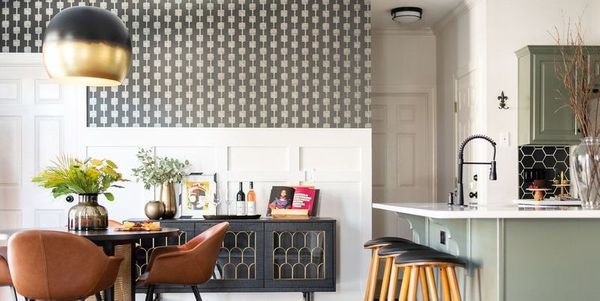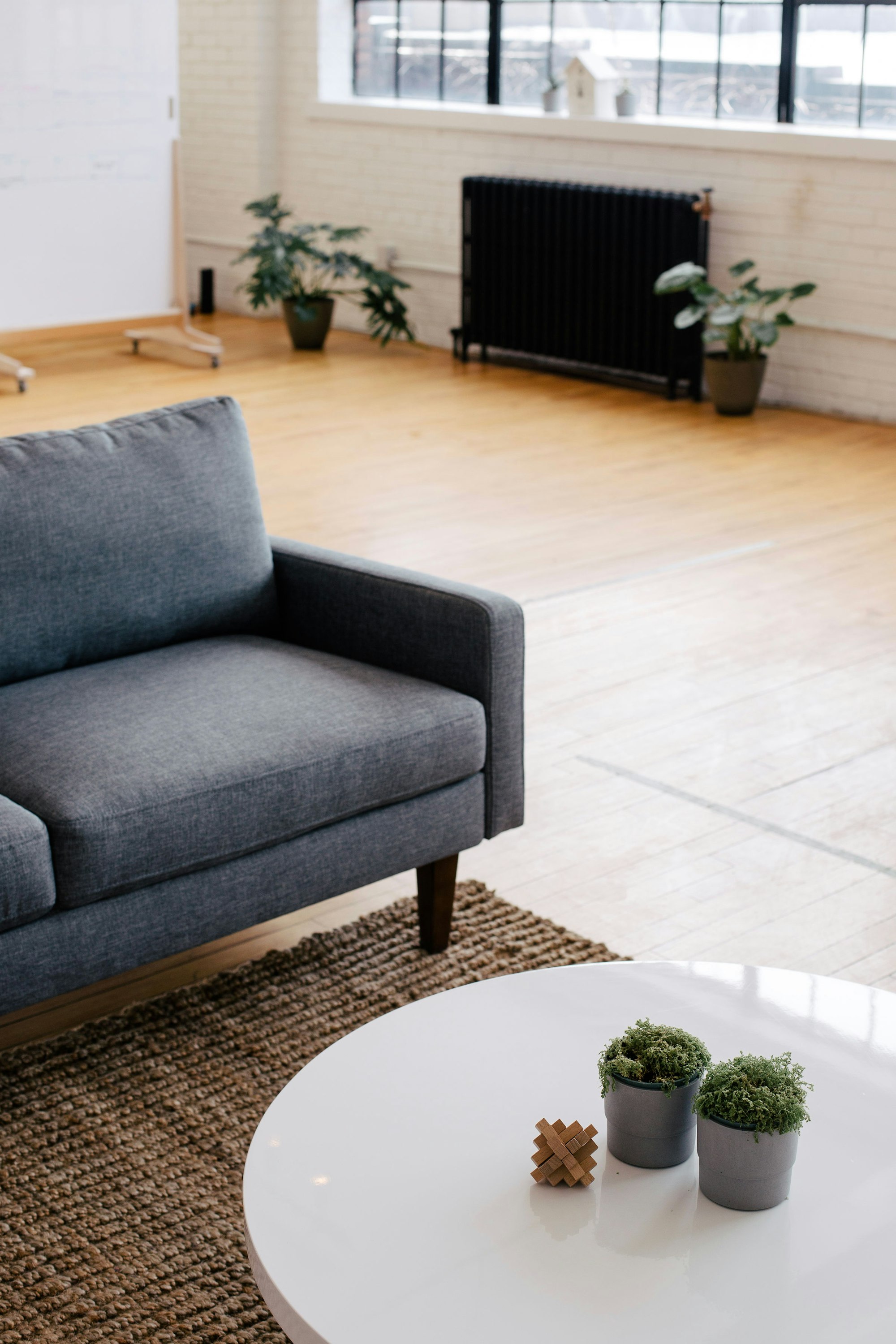New Hand Loomed Styles
In an industry where tradition meets innovation, we're excited to introduce a new standard in carpeting: wide-width hand-loomed carpets.

In an industry where tradition meets innovation, we're excited to introduce a new standard in carpeting: wide-width hand-loomed carpets. While the industry standard has long been 12' and 13' 2" wide carpets, our evolving industry now offers stunning hand-loomed goods in widths of 15' and 16' 4".
These hand-loomed carpets offer a unique blend of craftsmanship and eco-consciousness, making them ideal for larger rooms and minimizing waste. However, as with any innovation, there are a few considerations to keep in mind when specifying these carpets for your projects.
Firstly, the appeal of hand-loomed styles lies in their organic and natural look. Achieving seamless transitions can be challenging, especially with patterned designs. Similar to grasscloth wallpapers, seams may be noticeable due to the intricate weaving process. However, it's important to note that this is not considered a defect but rather a testament to the craftsmanship and uniqueness of each piece.
Additionally, while these carpets offer unparalleled beauty, they may not be suitable for high-traffic areas due to their handmade nature. We recommend considering this factor when specifying carpets for commercial or heavily trafficked spaces.
Woven Hand-Loomed
- Essentially a manual version of machine wire-Wilton carpet weaving
- Yarn is woven over a series of metal rods
- The loop is kept intact for loop finishes and cut over the top of the rods for cut-pile finishes
- Can also create cut and loop textures
- Allows for creating a variety of textures that cannot be achieved on conventional weaving or tufting machines
- Widths up to 16’3”
Hand-Tufted
- Same basic concept as machine tufting
- Yarns are ”punched” through a primary backing using a handheld tufting gun
- Oftentimes patterns are printed on the primary backing to guide the tufting
- process
- Latex is applied to the back of the primary and a secondary backing is applied to lock the yarns in place
- A cosmetic “scrim” is usually applied to conceal the salvage yarns and provide added dimensional stability
Check Out New Hand-Loomed Products on DEZIGNED:


Shop Rosecore Affinity Escapade








